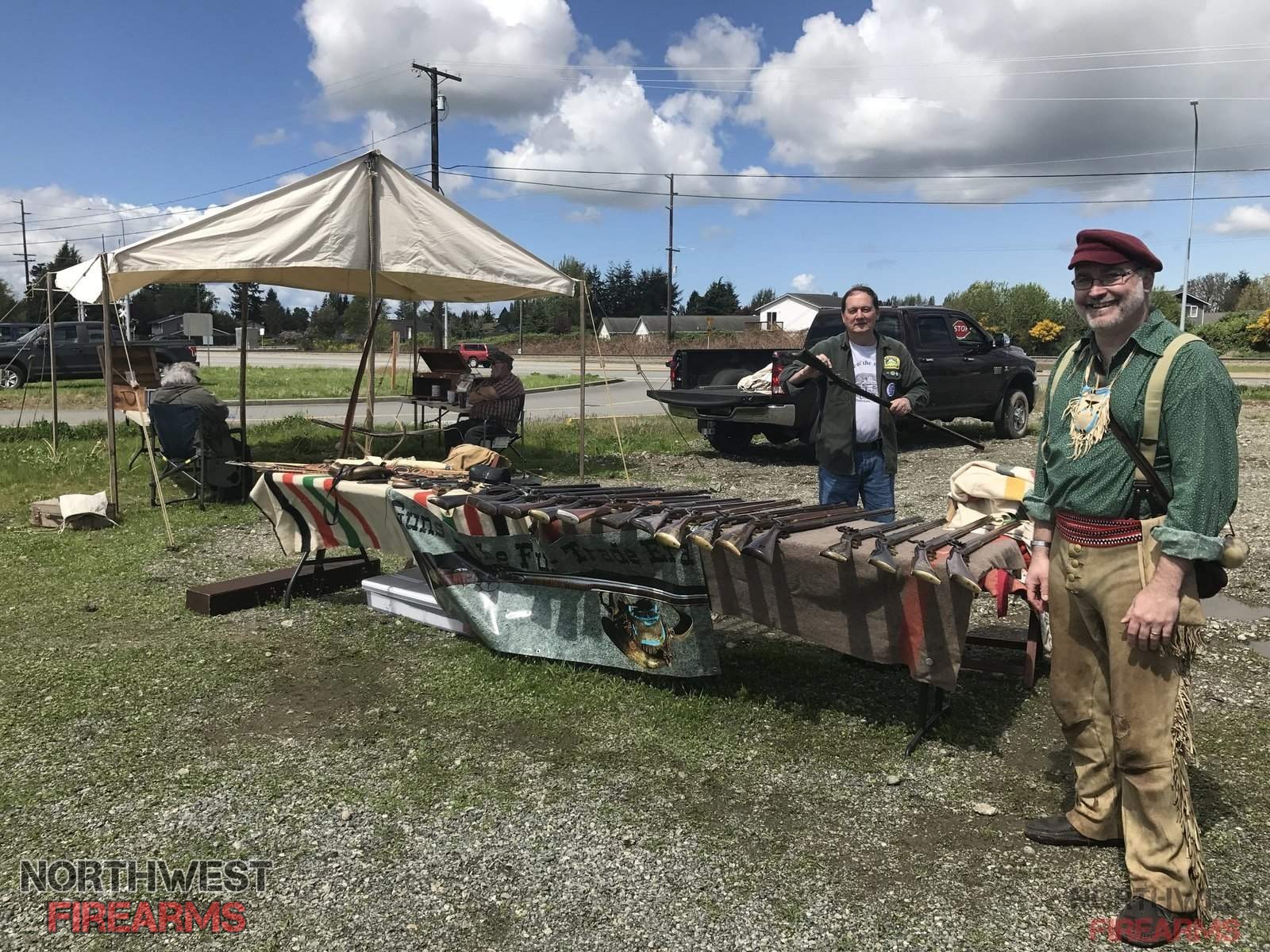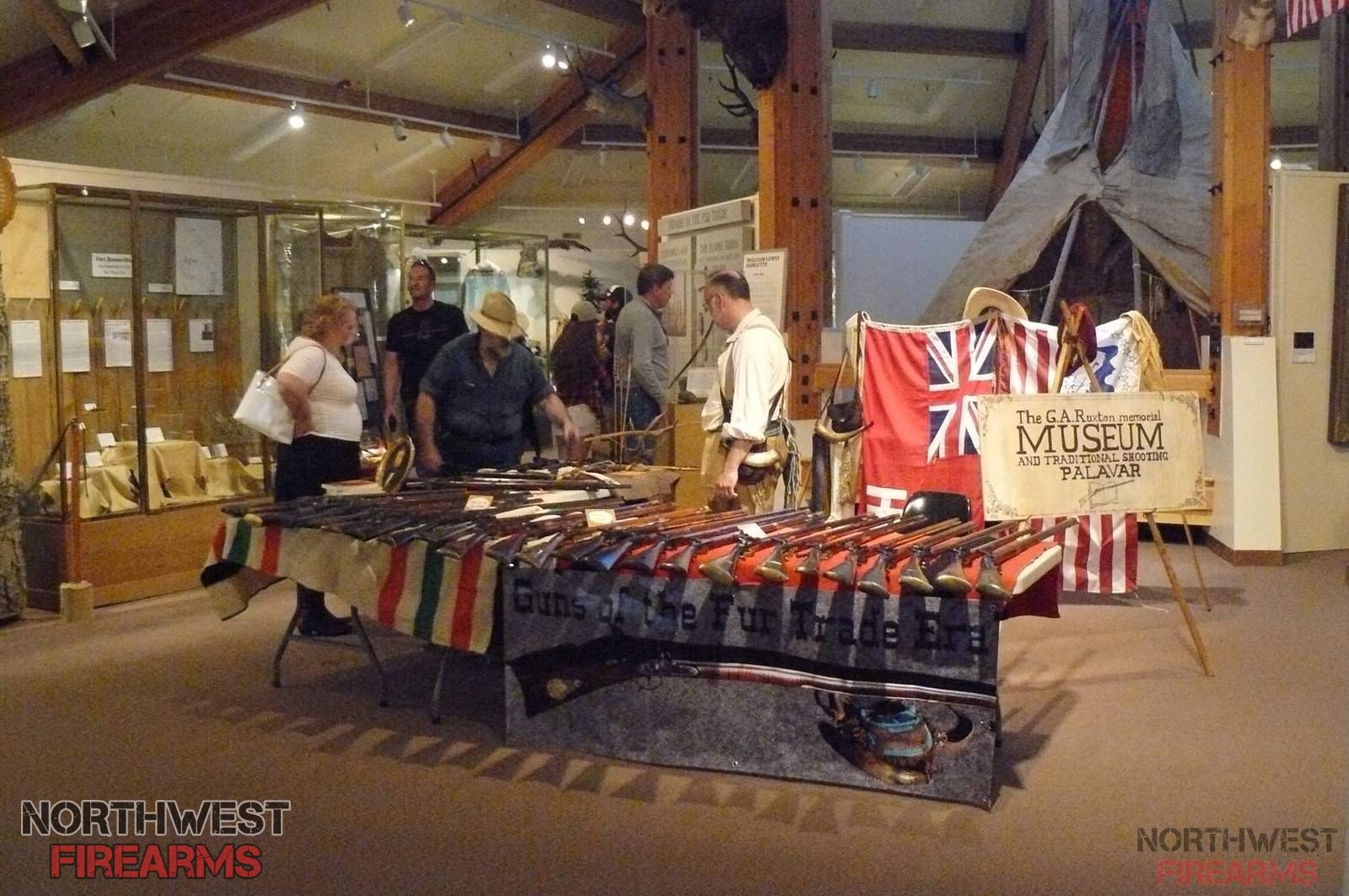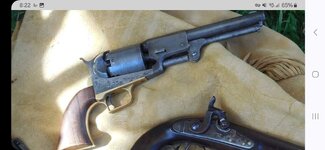Gold Supporter
- Messages
- 24,800
- Reactions
- 37,662
When it comes to anything smokeless related, there are great concerns and info available for pressures of load combinations. That is logical because different firearms and cases are capable of withstanding different pressure levels.
Wouldn't the same be the case with BP guns? Why is pressure data so limited with BP loading info?
Wouldn't the same be the case with BP guns? Why is pressure data so limited with BP loading info?



















